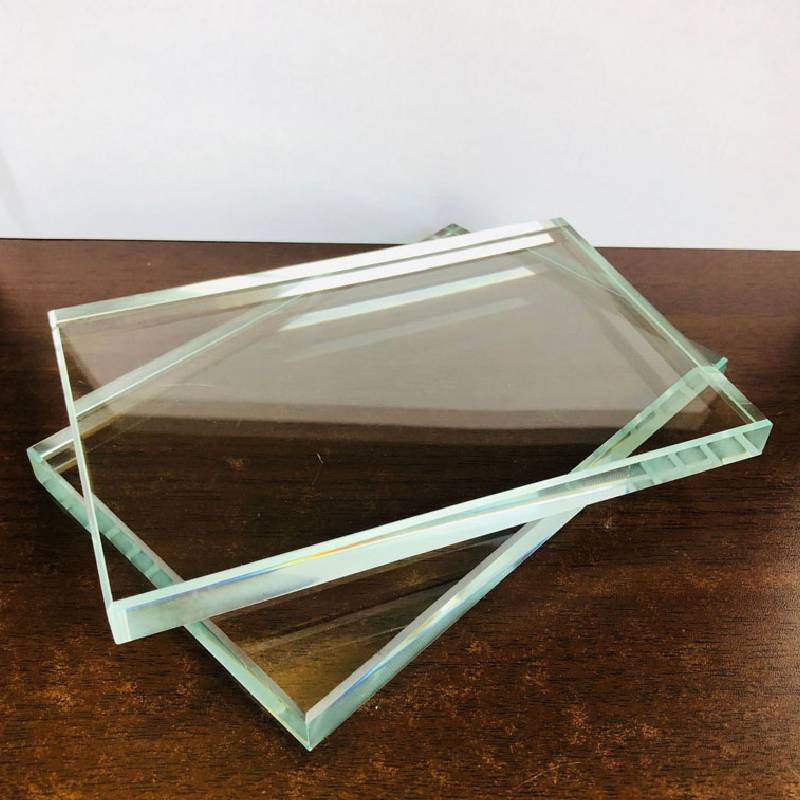The Enigma of Obscure Glass
Obscure glass, with its unique patterns and textures, has captivated architects and designers for centuries. This fascinating material, often used in windows, doors, and partitions, serves both aesthetic and functional purposes. Its name, obscure, derives from its ability to obscure visibility while allowing light to penetrate, creating an ethereal ambiance that transforms spaces in remarkable ways.
Historically, obscure glass emerged during the Roman Empire, primarily for practical reasons. The Romans utilized it in public baths and homes to maintain privacy while harnessing natural light. However, its popularity truly soared during the Art Deco movement of the 1920s and 1930s, when designers sought to blend functionality with ornamental beauty. The stylized patterns and frosted surfaces of obscure glass complemented the geometric aesthetics of the period and quickly became a favored choice for both residential and commercial buildings.
In modern architecture, the use of obscure glass has evolved significantly. Today’s designers embrace its versatility, integrating it into contemporary interiors and exteriors. By softening harsh sunlight, it creates a serene environment, ideal for spaces demanding focus—like offices, study rooms, and meditation areas. The diffusion of light transforms ordinary spaces into tranquil retreats, promoting a sense of calm amidst the hustle and bustle of daily life.
One of the most striking aspects of obscure glass is its ability to adapt to various styles and contexts
. From minimalist aesthetics to ornate designs, it can be customized to suit any architectural vision. Techniques such as etching, sandblasting, and applying textured films enable artists and craftsmen to explore their creativity, resulting in stunning variations that enhance a building’s character.
obscure glass
Moreover, obscure glass plays a crucial role in sustainability. By allowing natural light to filter through without compromising privacy, it reduces the need for artificial lighting, leading to lower energy consumption. In a world increasingly focused on environmental responsibility, the use of obscure glass aligns with green building practices, contributing to energy-efficient designs.
Aside from practical benefits, obscure glass evokes a sense of mystery and intrigue. The blurred outlines it creates spark curiosity, inviting onlookers to ponder what lies beyond. This quality can be particularly effective in public spaces like museums, galleries, and cafés, where it encourages interaction while maintaining an air of exclusivity.
In artistic installations, obscure glass can be employed to evoke emotion and tell stories. Artists harness its visual properties to challenge perceptions and engage viewers in a conversation about clarity and obscurity. The interplay of light and shade, combined with unique textures, creates a narrative that resonates on multiple levels.
In conclusion, obscure glass is more than just a building material; it is a catalyst for creativity, privacy, and sustainability. Its historical significance, combined with its contemporary relevance, makes it a fascinating subject worthy of exploration. Whether in the context of architecture, design, or art, obscure glass remains an enduring symbol of beauty and innovation, reflecting the complexities of both light and life.
 Afrikaans
Afrikaans  Albanian
Albanian  Amharic
Amharic  Arabic
Arabic  Armenian
Armenian  Azerbaijani
Azerbaijani  Basque
Basque  Belarusian
Belarusian  Bengali
Bengali  Bosnian
Bosnian  Bulgarian
Bulgarian  Catalan
Catalan  Cebuano
Cebuano  Corsican
Corsican  Croatian
Croatian  Czech
Czech  Danish
Danish  Dutch
Dutch  English
English  Esperanto
Esperanto  Estonian
Estonian  Finnish
Finnish  French
French  Frisian
Frisian  Galician
Galician  Georgian
Georgian  German
German  Greek
Greek  Gujarati
Gujarati  Haitian Creole
Haitian Creole  hausa
hausa  hawaiian
hawaiian  Hebrew
Hebrew  Hindi
Hindi  Miao
Miao  Hungarian
Hungarian  Icelandic
Icelandic  igbo
igbo  Indonesian
Indonesian  irish
irish  Italian
Italian  Japanese
Japanese  Javanese
Javanese  Kannada
Kannada  kazakh
kazakh  Khmer
Khmer  Rwandese
Rwandese  Korean
Korean  Kurdish
Kurdish  Kyrgyz
Kyrgyz  Lao
Lao  Latin
Latin  Latvian
Latvian  Lithuanian
Lithuanian  Luxembourgish
Luxembourgish  Macedonian
Macedonian  Malgashi
Malgashi  Malay
Malay  Malayalam
Malayalam  Maltese
Maltese  Maori
Maori  Marathi
Marathi  Mongolian
Mongolian  Myanmar
Myanmar  Nepali
Nepali  Norwegian
Norwegian  Norwegian
Norwegian  Occitan
Occitan  Pashto
Pashto  Persian
Persian  Polish
Polish  Portuguese
Portuguese  Punjabi
Punjabi  Romanian
Romanian  Russian
Russian  Samoan
Samoan  Scottish Gaelic
Scottish Gaelic  Serbian
Serbian  Sesotho
Sesotho  Shona
Shona  Sindhi
Sindhi  Sinhala
Sinhala  Slovak
Slovak  Slovenian
Slovenian  Somali
Somali  Spanish
Spanish  Sundanese
Sundanese  Swahili
Swahili  Swedish
Swedish  Tagalog
Tagalog  Tajik
Tajik  Tamil
Tamil  Tatar
Tatar  Telugu
Telugu  Thai
Thai  Turkish
Turkish  Turkmen
Turkmen  Ukrainian
Ukrainian  Urdu
Urdu  Uighur
Uighur  Uzbek
Uzbek  Vietnamese
Vietnamese  Welsh
Welsh  Bantu
Bantu  Yiddish
Yiddish  Yoruba
Yoruba  Zulu
Zulu 

